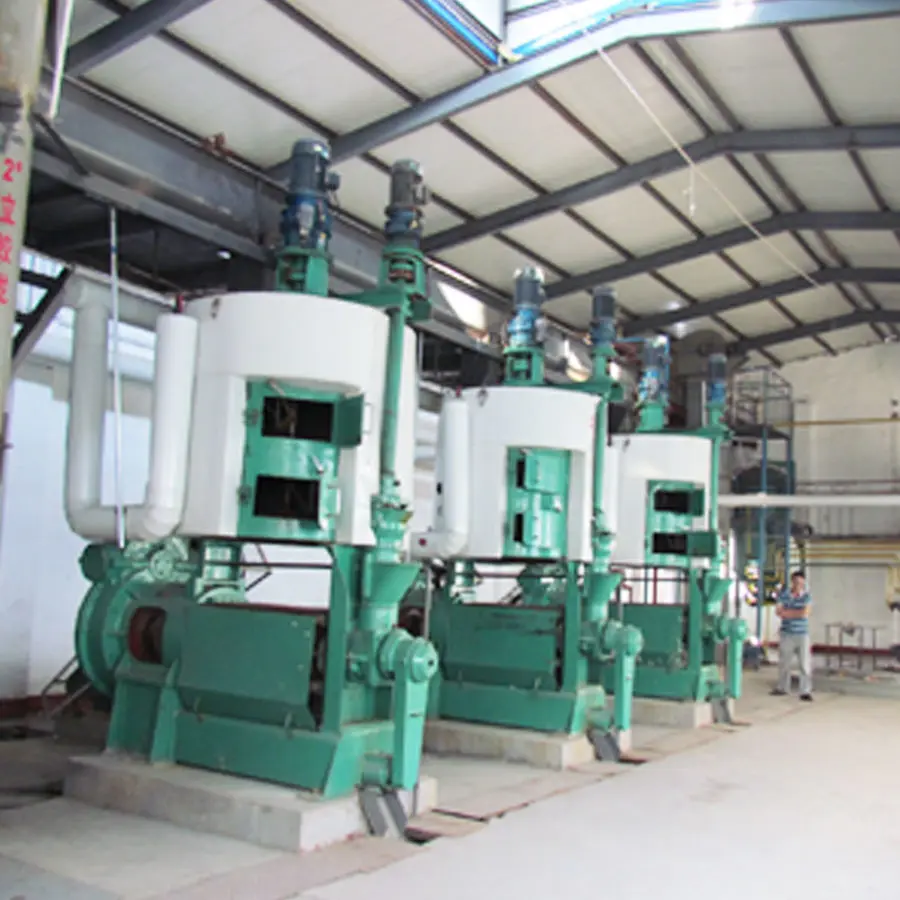Dec . 11, 2024 02:39 Back to list
Vertical Leaf Filter Solutions for Efficient Liquid Filtration Processes
Understanding Vertical Leaf Filter Products An Essential Component in Filtration Technology
In the realm of industrial filtration, vertical leaf filters play a pivotal role across various sectors, including the pharmaceutical, chemical, and food and beverage industries. These filters are designed to efficiently separate solids from liquids, thereby ensuring product purity and process efficiency. In this article, we delve into the distinct characteristics, operational mechanisms, and benefits of vertical leaf filter products.
What Are Vertical Leaf Filters?
Vertical leaf filters are sophisticated filtration systems that utilize a vertical orientation to enhance the separation process. These filters consist of a series of vertical filter leaves mounted on a central hub. Each leaf is covered with a porous fabric that allows liquid to pass through while retaining solid particles. The design facilitates a large filtration area within a compact footprint, making it ideal for various applications.
Operational Mechanism
The operational effectiveness of vertical leaf filters stems from their innovative design and functionality. The process begins when the slurry (a mixture of liquid and solid particles) is introduced into the filter chamber. Gravity plays a crucial role here; the liquid flows downward through the filter leaves, where the solids are trapped on the surface of the filter medium.
As the solids accumulate, the pressure differential between the inlet slurry and the filtrate (the filtered liquid) leads to cake formation on the filter leaves. This cake acts as an additional filtering medium, improving the clarity of the liquid. The filtration continues until the pressure drop reaches a predetermined level, indicating that the filter requires cleaning.
One of the unique features of vertical leaf filters is their ability to perform cake washing and cake discharge efficiently. After filtration, the cake can be washed with a suitable solvent to recover valuable products or remove impurities. Once cleaned, the cake is discharged from the filter, either manually or automatically, depending on the system design.
Advantages of Vertical Leaf Filters
vertical leaf filter products

1. High Filtration Efficiency Vertical leaf filters provide an extensive surface area for filtration, which enhances the efficiency of solid-liquid separation. The filter leaves' design maximizes contact between the slurry and the filter medium, resulting in superior clarity of the filtrate.
2. Space-Saving Design The vertical orientation of these filters allows for a compact footprint, making them a suitable choice for facilities with limited space. This design allows industries to optimize their floor layouts while still achieving high filtration performance.
3. Versatility Vertical leaf filters can handle a wide range of slurry compositions, including highly viscous and abrasive mixtures. This versatility makes them applicable in diverse industries, from mining to wastewater treatment.
4. Ease of Maintenance The design of vertical leaf filters typically allows for straightforward access to filter elements for cleaning and maintenance. Reduced downtime and easier maintenance procedures contribute to overall operational efficiency.
5. Scalability These filter systems can be easily scaled to meet varying production needs. Whether an industry requires a small-scale operation or a large production line, vertical leaf filters can be adapted accordingly.
Applications of Vertical Leaf Filters
Vertical leaf filters find applications in numerous industries. In the pharmaceutical sector, they are crucial for producing purified compounds and separating active ingredients from solvents. The chemical industry employs these filters for the clarification of catalysts and separating byproducts from process streams. In the food and beverage sector, they are used to filter juices and clear broths, ensuring quality and food safety.
Conclusion
Vertical leaf filter products are indispensable in contemporary filtration technology, providing high efficiency, versatility, and space-saving advantages. As industries continue to seek improved filtration solutions, the demand for vertical leaf filters is likely to grow. Understanding their operational mechanisms and benefits is essential for businesses aiming to enhance product purity and process efficiency. Embracing these innovative filtration systems will empower industries to meet regulatory standards and consumer expectations effectively, ensuring sustained competitiveness in an increasingly stringent market environment.
-
Top Food Oil Refined Unit Companies w/ GPT-4 Turbo Tech
NewsAug.01,2025
-
Premium Black Seed Oil Expeller - High Efficiency Cold Press Oil Machine
NewsJul.31,2025
-
Oil Processing Equipment - High-Efficiency Flaking Machine
NewsJul.25,2025
-
High-Efficiency Peanut Oil Refined Machine for Quality Oil Production Leading Exporters & Companies
NewsJul.08,2025
-
High Efficiency Sunflower Seed Oil Press – Leading Cooking Oil Press Machine Factories & Suppliers
NewsJul.08,2025
-
High-Efficiency Soybean Oil Press Machine – Leading Exporters & Reliable Companies
NewsJul.07,2025
